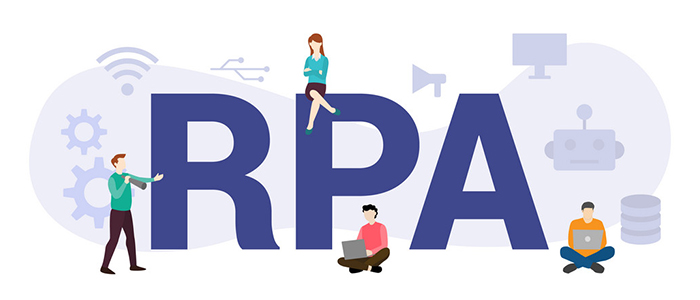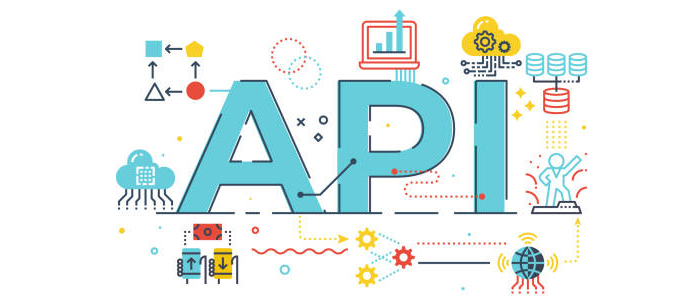What Are The Benefits of RPA?
RPA is increasingly being used in organisations in both the public and private sectors. It helps to work more effectively and efficiently and to put the customer more centrally. But what does RPA bring you? We discuss the seven most essential advantages of the software below.
• Save Costs And Time
By automating repetitive actions, robotic automation not only performs these actions a lot faster than employees, but it can also work 24/7. This reduces the time spent plausibly, which also reduces the costs.
• Prevention of Errors
In processes carried out by employees, the risk of human error is high. Mistakes are human, and nothing can be changed. However, if an RPA takes over the process, it eliminates these errors. Robotic automation acts precisely as it is configured and will always follow the established rules. As long as he is set up properly, he will not make any mistakes in this.
• Increased Quality
Eliminating these types of errors then logically increases the quality of your processes and products. In addition, the time employees have left on innovation and process improvements can be spent, which will also increase quality.
• Improved Results
This increased quality then ensures improved results. Because if you have a higher quality of products and services, more people will want to buy them from you. And because your employees have more time for more substantive tasks, which add more value for your organisation and customers, the business results will also increase.
• Higher Employee Satisfaction
Firstly, the workload decreases due to the elimination of RPA, which benefits employee satisfaction. Secondly, employees have more time for more substantive, more complex tasks that they get more pleasure out of. They often find these kinds of time-consuming, repetitive actions boring and not challenging. If they no longer have to carry it out, their job satisfaction will also increase. They can spend this time, for example, working on their own competencies or further developing skills.
• Increased Manoeuvrability
By applying RPA, new applications can be added to the existing IT architecture faster without the need for drastic changes. This way, new products can be brought to market more quickly, and you ensure that you as an organisation are agile.
• Easy to Integrate
The last of the many benefits of RPA is the way of integrating the software worth mentioning. It can easily be integrated with your current systems, so you don’t have to make major changes to your IT architecture. This not only ensures that RPA can be implemented quickly but also that you save time and the ROI is achieved quickly.




